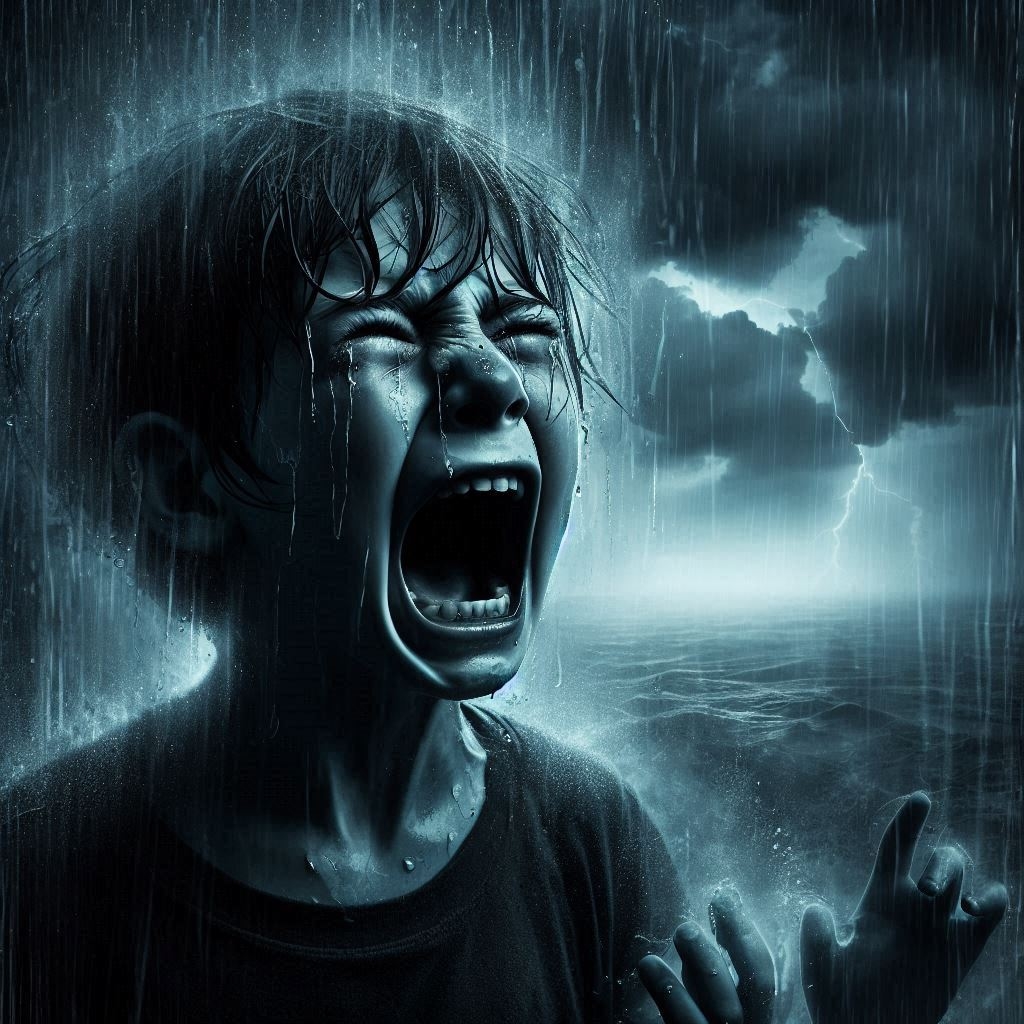
The Psychology Of Embracing The Profound Power Of Storms And Nature
Understanding the Psychology of Wild Storms
Nature’s Majesty and Terror
There’s something both awe-inspiring and terrifying about wild storms. These natural events can remind us of the incredible power of the natural world, capable of reshaping landscapes and influencing our lives in profound ways. The sheer intensity of a wild storm, with its roaring winds, torrential rain, and electrifying lightning, can leave us feeling both humbled and small. Understanding the psychology behind our reactions to these storms can help us appreciate their power while managing our responses.

The Auditory Assault
The Soundscape of Storms
The Haunting Symphony
Wild storms create a unique soundscape that can be as beautiful as it is frightening. The wind’s howl, the rain’s relentless drumming, and the thunder’s booming roar combine to form a symphony that evokes a primal response in many of us. This cacophony can be overwhelming, heightening our sense of vulnerability and fear.
Psychological Impact
The sudden and unpredictable nature of storm sounds can trigger our fight-or-flight response. This is an evolutionary mechanism designed to protect us from immediate danger. The noise of a storm can elevate our stress levels, causing anxiety and fear. For some, particularly those with anxiety disorders or PTSD, this response can be even more intense.
The Visual Spectacle
Lightning and Darkened Skies
The Fear of the Unknown
The visual elements of a storm—darkened skies, flashes of lightning, and driving rain—can add to the sense of fear and uncertainty. The dramatic changes in the environment can make us feel as though we’ve lost control, adding to our anxiety.
The Beauty in Chaos
Despite the fear they can evoke, there is also a certain beauty in the chaotic visuals of a wild storm. Lightning can illuminate the sky with breathtaking displays of power, and the darkened skies can create an atmosphere of dramatic tension. For some, this visual spectacle is a reminder of nature’s artistry and a source of fascination.

Historical and Cultural Perspectives
Ancient Myths and Legends
Throughout history, storms have been featured prominently in myths and legends. Many cultures have seen them as manifestations of divine power or anger. Thunder and lightning were often attributed to gods or spirits, reinforcing the sense of awe and fear that storms inspire.
Modern Interpretations
In contemporary times, our understanding of storms has become more scientific, but the awe they inspire remains. Meteorologists study storms to predict their paths and mitigate their effects, but for many people, storms still evoke a sense of wonder and respect for nature’s power.
Coping Strategies for Storm Anxiety
Finding Comfort in Preparation
One way to manage storm anxiety is through preparation. Knowing that you have taken steps to protect yourself and your home can provide a sense of control. This might include securing loose items outside, creating an emergency kit, and having a plan in place for power outages.
Mindfulness and Relaxation Techniques
Practicing mindfulness and relaxation techniques can also help manage storm-related anxiety. Deep breathing exercises, meditation, and focusing on calming activities can help shift your attention away from the storm and reduce stress.

The Role of Meteorology
Predicting Storms
Meteorology, the study of weather, plays a crucial role in predicting storms. Meteorologists use advanced technology to track storm patterns and provide forecasts. This information helps people prepare for storms, reducing potential damage and increasing safety.
Understanding Weather Phenomena
Meteorology also helps us understand the complex phenomena behind wild storms. By studying the atmospheric conditions that lead to storms, scientists can better predict their behavior and impacts. This knowledge contributes to our ability to mitigate the effects of storms and protect communities.
The Impact of Climate Change
Intensifying Storms
Climate change is affecting the intensity and frequency of storms. Warmer ocean temperatures and altered weather patterns can lead to more powerful and unpredictable storms. Understanding these changes is essential for developing strategies to cope with the increasing threat of severe weather events.
Preparing for the Future
As climate change continues to impact weather patterns, it’s crucial to invest in research, infrastructure, and policies that enhance our ability to respond to wild storms. This includes building resilient communities and improving early warning systems to ensure that people are prepared for future storms.

The Power of Community Support
Building Resilience Together
Communities play a vital role in supporting each other during and after wild storms. By fostering a sense of solidarity and cooperation, communities can enhance their resilience. This includes sharing resources, providing emotional support, and working together to rebuild after storms.
The Importance of Education
Educating communities about storm preparedness and response is essential. Public awareness campaigns, school programs, and community workshops can equip people with the knowledge and skills they need to stay safe during wild storms. Education empowers individuals to take proactive steps and reduces the overall impact of storms.
The Influence of Media
Shaping Perceptions
Media coverage of wild storms can significantly influence public perceptions and reactions. Dramatic images and sensational stories can heighten anxiety and fear. However, responsible and accurate reporting can provide valuable information, helping people understand the risks and take appropriate actions.
Raising Awareness
Media also plays a crucial role in raising awareness about the impact of storms and the importance of preparedness. By highlighting the experiences of affected communities and the efforts to mitigate storm damage, media can inspire action and foster a culture of resilience.

Conclusion
Embracing the Power and Beauty of Storms
Wild storms are a reminder of the incredible power of nature. While they can evoke fear and anxiety, they also offer a glimpse into the raw, untamed beauty of our world. By understanding the psychological impact of storms and employing coping strategies, we can learn to appreciate these natural events while managing our responses. Embrace the awe they inspire, and find your own sense of calm amidst the chaos.
Join the Discussion
Have you ever experienced a wild storm that left you in awe or fear? What strategies do you use to cope with storm anxiety?







I am really impressed together with your writing talents and also with the format in your weblog.
Is this a paid subject or did you customize
it yourself? Anyway stay up the nice quality writing,
it is uncommon to peer a nice blog like this one today.
Fiverr Affiliate!